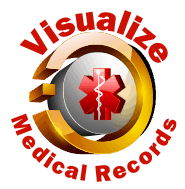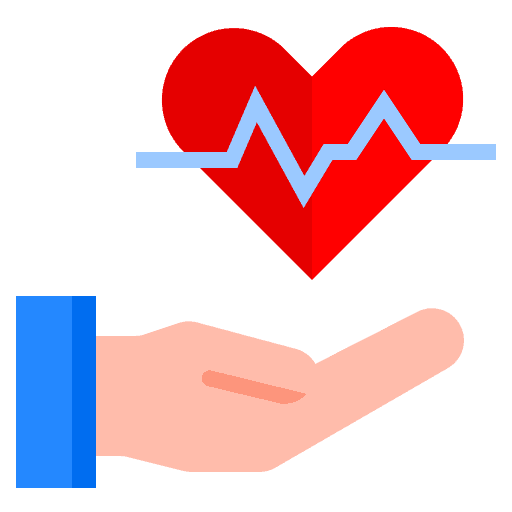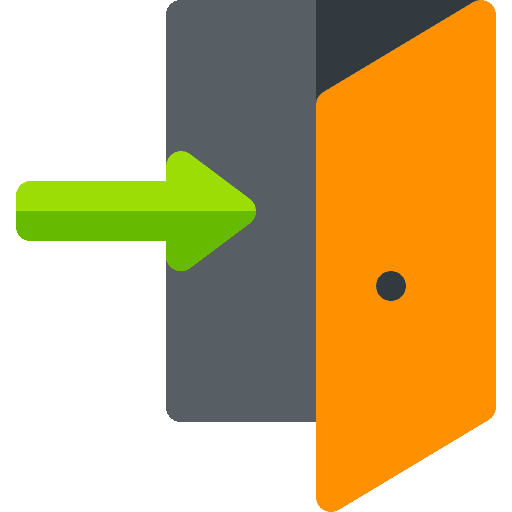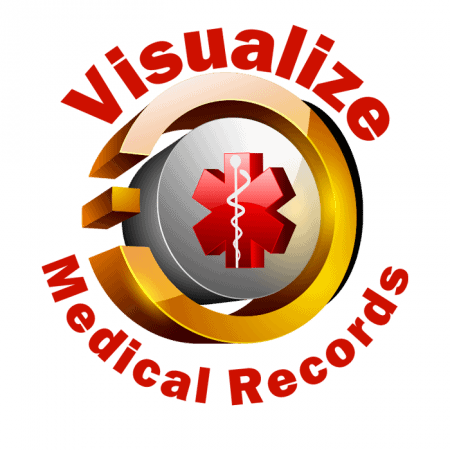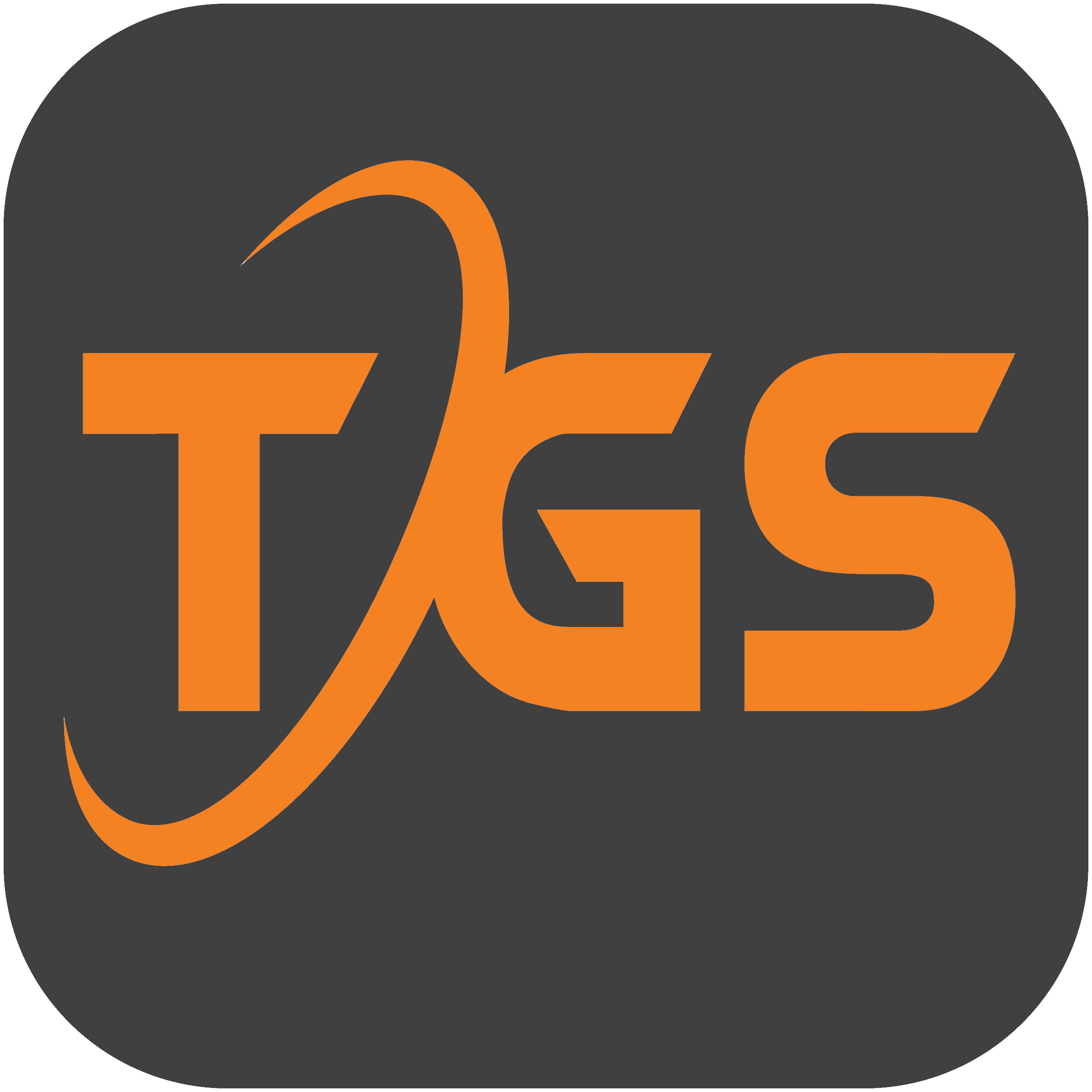
Telegenisys releases Nursing Home Reference Dataset 1.1 for matrix referencing medical records that improves comprehension and speed of medical reviews.
Fairfield, California, USA, February 22, 2021 – Often legal professionals struggle with very large medical records applying standards of care MDS3.0 forms because they create a large volume of pages in medical records. To break through the meaningless data and focus on points of action in legal reviews rapidly the Nursing Home data set works in concert with the new MDS3.0 sourced data-set to expose relevant information based on use of data.
For example reviewers can track wound or pressure sore progression from start to resolution.
In this example we see wound infection tracking exposed. With bookmarks and indexes like this Telegenisys software exposes medical events mentioning wound infection.
For reviewers the story begins to form. They can see that the wound infection was first mentioned on 27th May 2020 and this infection was tracked until early June 2020 when this patient was transferred to hospice.
Reviewers can pick what they are interested in and track the span of time the medical condition existed and treatment progression in minutes rather than sifting through a large number of pages to expose medical issues. Within minutes of receiving a fully indexed nursing home record reviewers can start making decisions about what they want to probe and examine further. Within hours they are able to reach conclusions regardless of the number of pages in a medical record.
Using matrix indexing the nursing home and MDS datasets reviewers are able to improve precision and accuracy of review substantially.
Second Example
This example displays the ability of VMR 2.0 (Visualize Medical Records 2.0) series referencing model to track unhealed ulcers.
Within minutes a reviewer can understand the span of time of these problems. Click through records to see what is happening and develop an understanding of the patient’s condition. Unresolved problems or worsening situations are exposed with details and measurements so that legal professionals can substantiate their assertions.
For more detailed information and additional examples click here.
Telegenisys reviewers are able to examine 30,000 page records in hours by using our MDS and NursingHome Datasets. With the release of this service and software to users Telegenisys delivers the same efficiency and speed to firms conducting reviews.
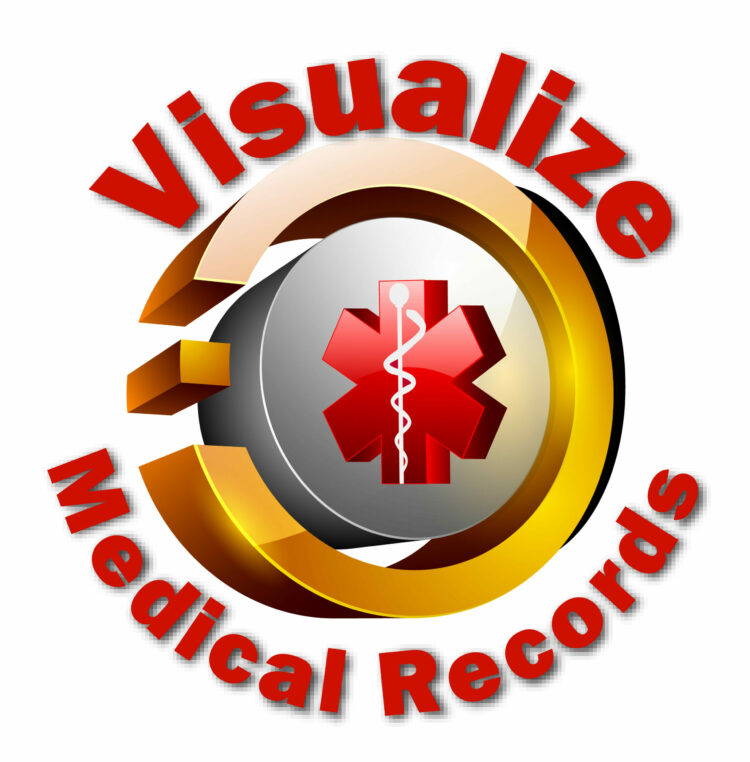
VMR (Visualize Medical Records) technology is unlimited by time taken to generate these links within the context of events, event types, medical providers who assert the notes. They can examine medications and the software saves context so that making summaries, court presentations or research documentation is simple.
Review of medical records invariably requires a human being to review the events and make a decision. Telegenisys uses a scientific approach to medical record review and summarization, supporting every assertion included to appropriate references in source documents. The organized output provided to the customers is one unified PDF file.
Telegenisys develops medical chronologies and medical summaries for lawyers, legal nurse consultants, insurance companies, research institutes, and pharmaceutical companies. All these users require data analytics specific to their use case.
- Genomics research and review
- Clinical and Natural History Studies where retrospective data is required
- Life underwriting and life settlement underwriting
- Physician Summaries based on case notes
- Patient intake medical record summaries
- Customized data extraction and presentation
How are these customizations created?
The Long Term Care Minimum Data Set (MDS) is a health status screening and assessment tool used by medical care providers in extended care nursing homes. It is certified to encompass statutes required by Medicare or Medicaid, regardless of payer. It is created to enhance the accuracy of the client’s assessment process and to establish a standard for use in different settings.
Nursing home records are reviewed extensively for lawsuits. These reviews include detailed assessments of the patient’s condition on admission. These are recorded using standardized forms that document the current status, pre-existing conditions, and details of all prior treatments.
Telegenisys attempts to expose critical information by presenting for review data-set terms that are used by MDS intake forms and in the general nursing home environment. For example, a resident may be admitted to long term nursing care with ulcers. A reviewer is unsure if the bedsores developed after admission or were present earlier. When were they first noted? If existing before admission, what was the size upon admission? Was there any infection? In a standard review, all this information has to be found from thousands of pages of medical records. This can be exhausting with the potential to miss critical data.
How customizations are reviewed (examples)
Organized records by Telegenisys use matrix indexing that show the flow of particular events in chronology, making the records easier to read and follow comprehensively. Medical facts are presented chronologically with particular attention to the specific use case our clients are engaged in. The medical records organizer groups pertinent details. Every assertion is hyperlinked and bookmarked into the medical record so there is no question of any assumption and the reviewer can immediately verify the entry.
How customizations help the reviewers with examples
A legal nurse consultant was reviewing five thousand pages of medical records to track pressure ulcers that lead to the deterioration of the patient’s condition and eventual demise. Telegenisys identified the requirements of this LNC following a couple of discussion sessions. The requirement was specific to wound care and multiple pressure ulcers. The patient was admitted with a couple of ulcers to the sacrum. VMR identified all documents where wound care was mentioned and isolated wound width, length, and height. Wound treatment and dressing were also identified and isolated. When all the above were listed in chronological order the registered nurse could easily identify and follow the deterioration of the ulcer progressively as well as spot when the other ulcers on the heel and hip developed. These clear fact-based conclusions helped her make educated decisions about what happened and she could give her opinion to the lawyer in record time. That was one happy customer.
Telegenisys is actively involved in organizing records for a natural history study for Canavan Disease.
Life underwriting is undertaken for insurance risk assessment and premium calculations. VMR helps identify and index not only active disease conditions but also past medical history, social history, family history, habits, employment status, and fitness & frailty factors. This helps the underwriter make a calculated decision about the client’s health status and potential for developing other serious conditions.
A lot more customizations are done at Telegenisys in collaboration with the end-user to optimize their output.
Patient intake records indexing helps identify any potential compromise in providing health care. This helps lawyers who are working on a malpractice case.
If the client wants Telegenisys to provide a detailed analysis of their safe harbored records they can order from a variety of options for presentations like spreadsheets, charts, graphs, or any other form in which they would like to view their data.
To see the nursing home dataset in action click here.
About Visualize Medical Records
Visualize Medical Records software has been developed over the last two years to organize and index thousands of medical records into a readable format. VMR converts a jumbled assortment of medical records in pdf formats into an understandable organized medical chronology. The unsorted medley of thousands of pages of medical records from various sources, from providers of different specialities, from different time frames, for a single patient is a challenge to organize manually. It is difficult to see second opinions and alternative treatments of a particular condition when the order skips dates by months and sometimes even years. Besides the rearrangement messes with the integrity of the original records that may be needed to use as exhibits in a legal scenario.
The structured data facilitates analysis and comparison of multiple cases most commonly used by clinical research companies and tort lawyers. These observations can be reviewed graphically in excel formats. You can use a filter and view all data in a single view. Every entry in the structured data is hyperlinked to the original record for detailed review. The use of hhs.gov databases the structured data chronologies present medical information with unquestioned authority and clarity. This structured data allows clients to use, update, and evaluate medical facts in their software.
The organized record is available electronically and stored in a secure cloud storage facility provided by Telegenisys, so it can be accessed easily via any device at any location.
Company
Telegenisys Medical Technologies Group is a division of Telegenisys Inc. a Delaware company with primary offices in Fairfield California. The group operates on two continents with a second office in Pune India. This group has worked with medical records for over 15 years and works on over 2 Million medical record pages per year. The group is composed of a variety of medical personnel and data scientists. The primary purpose of the technology group is to develop simpler ways to understand and measure medical outcomes.
Contact Information:
Mark Merani, CEO
Telegenisys Inc.
(844) 903-0777
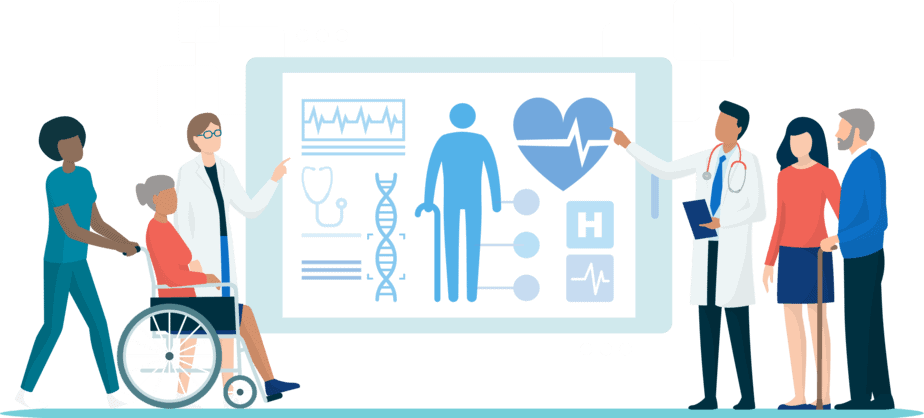


 Telegenisys managers host moderated press releases with updates weekly or more often. We hope you will enjoy news streams.
Telegenisys managers host moderated press releases with updates weekly or more often. We hope you will enjoy news streams. 





